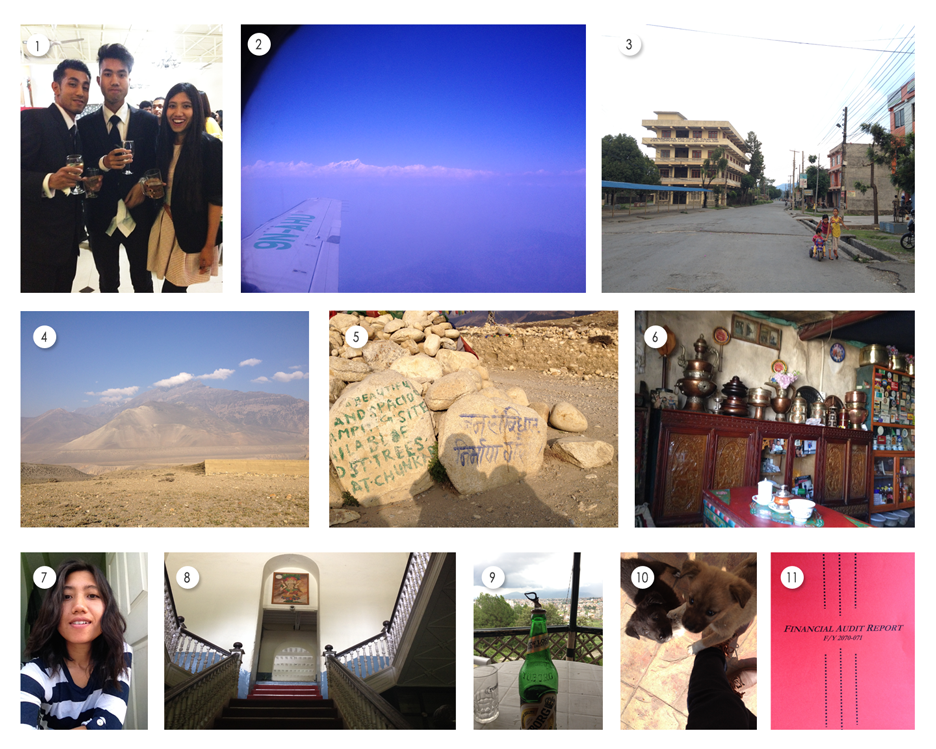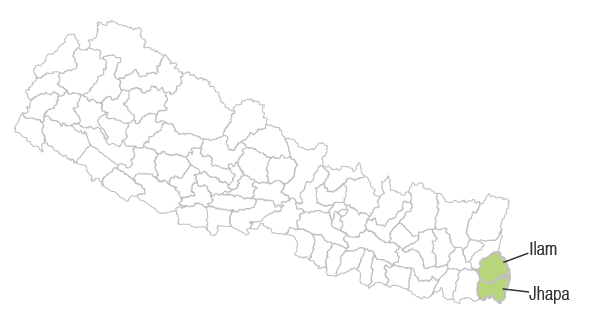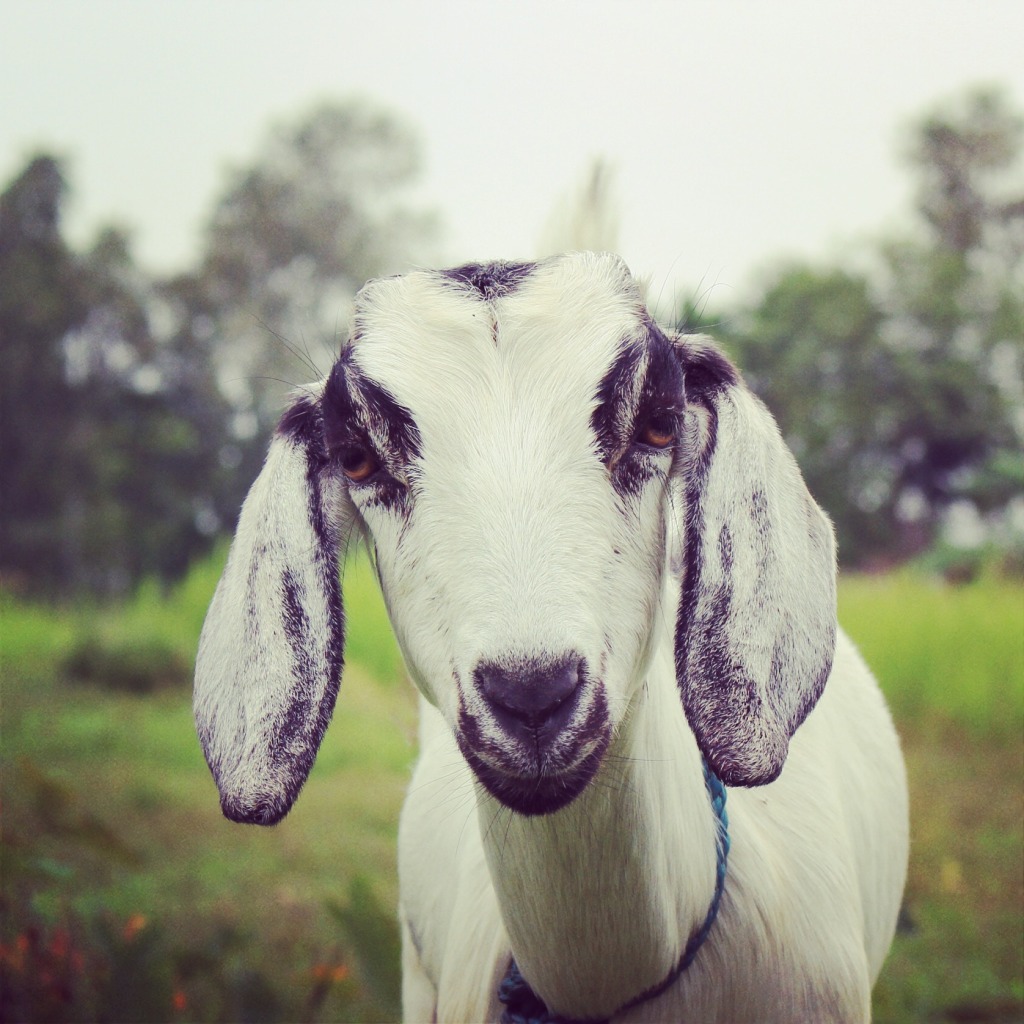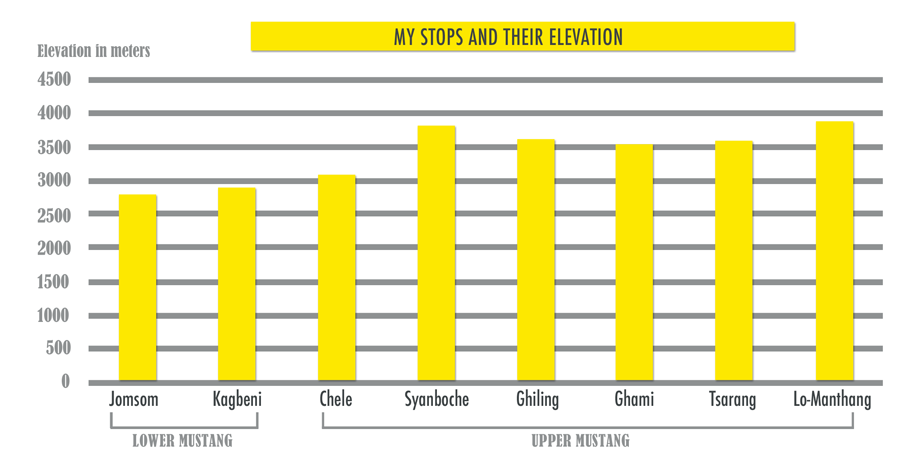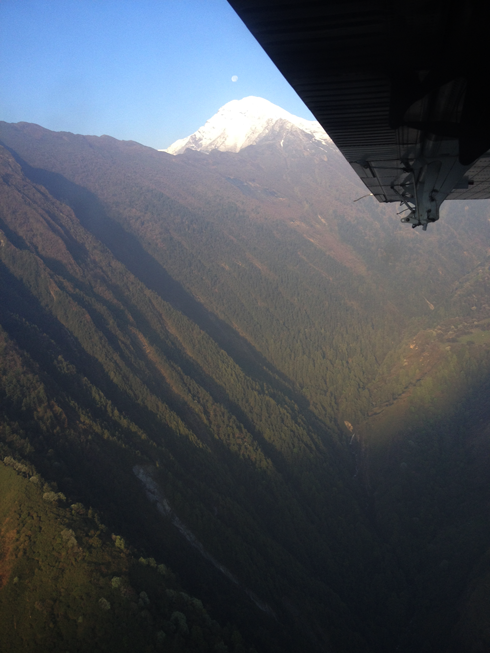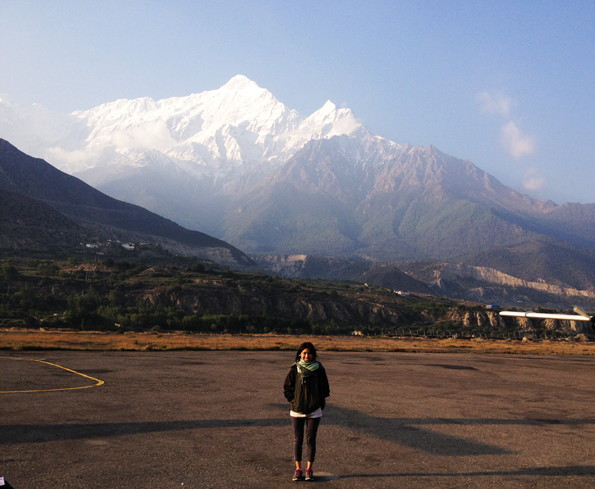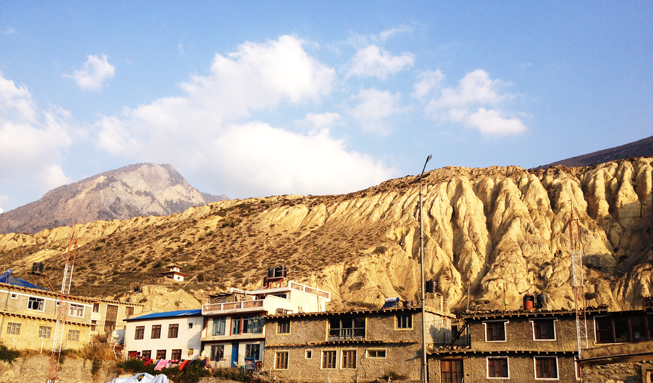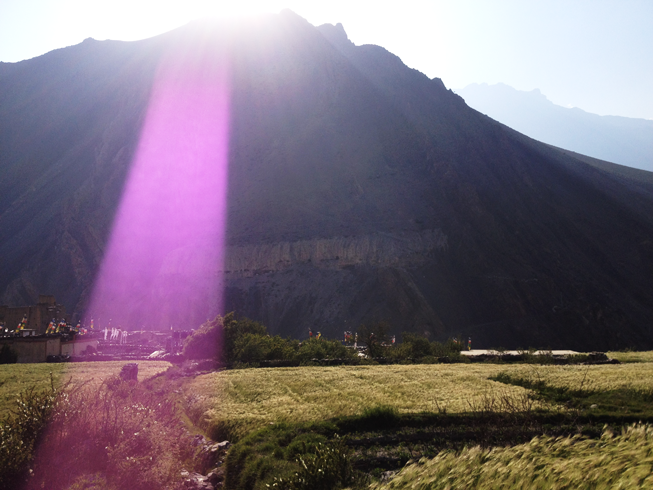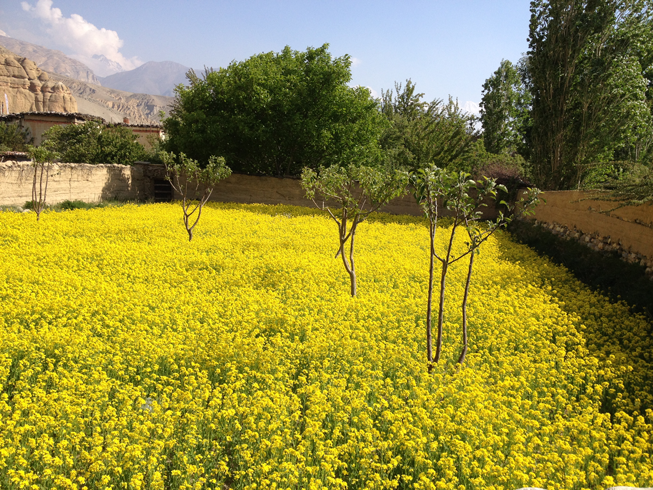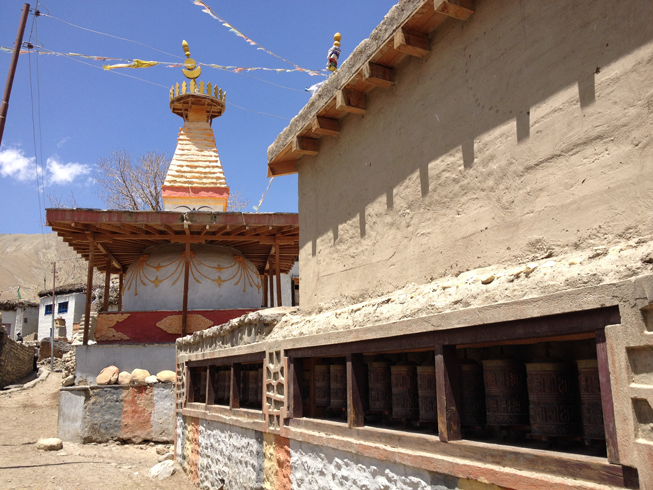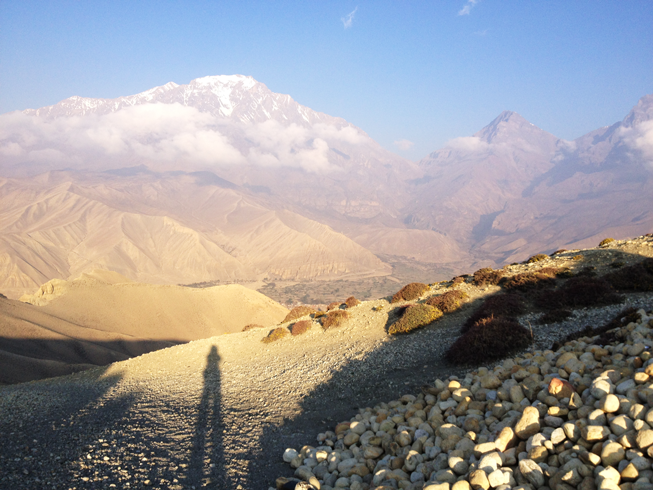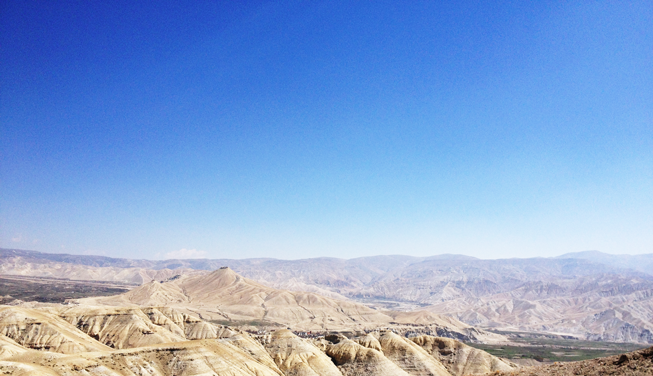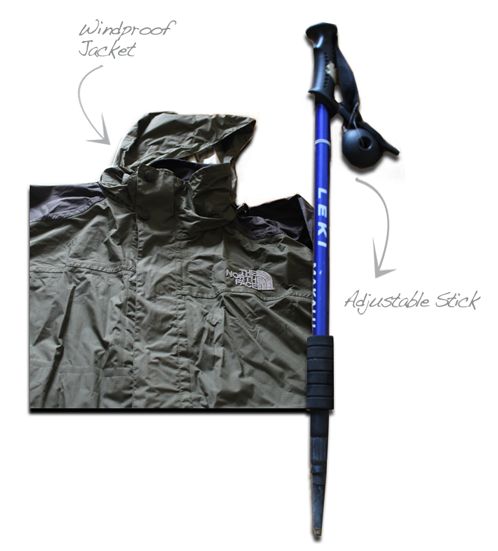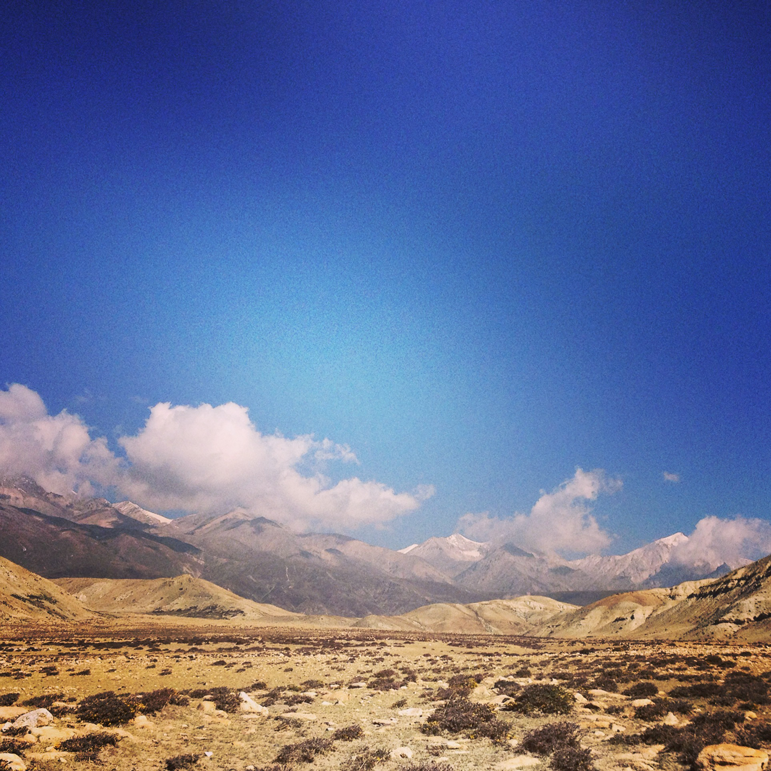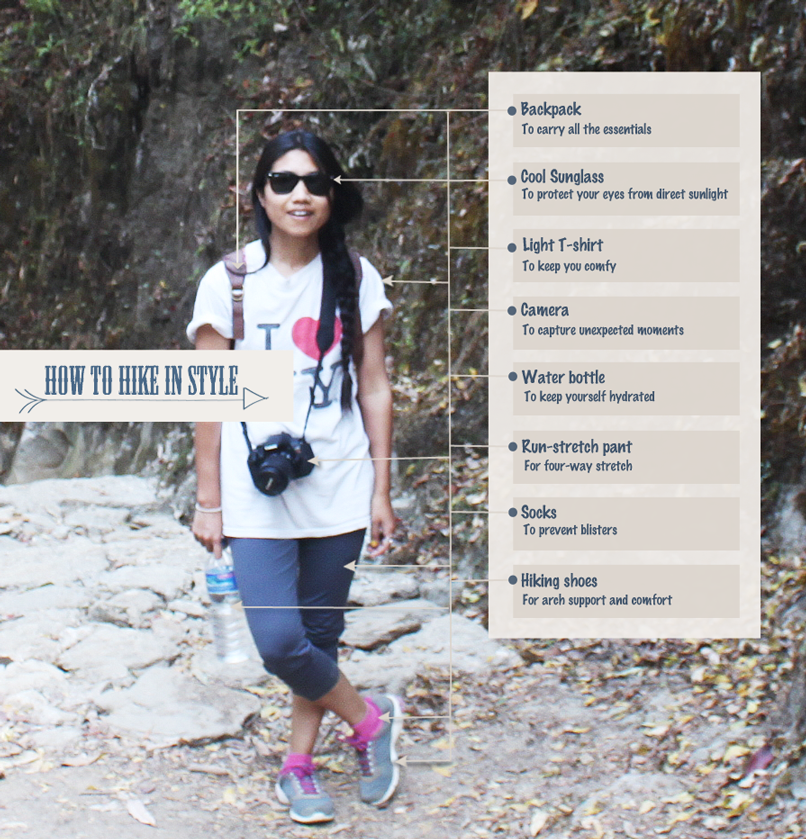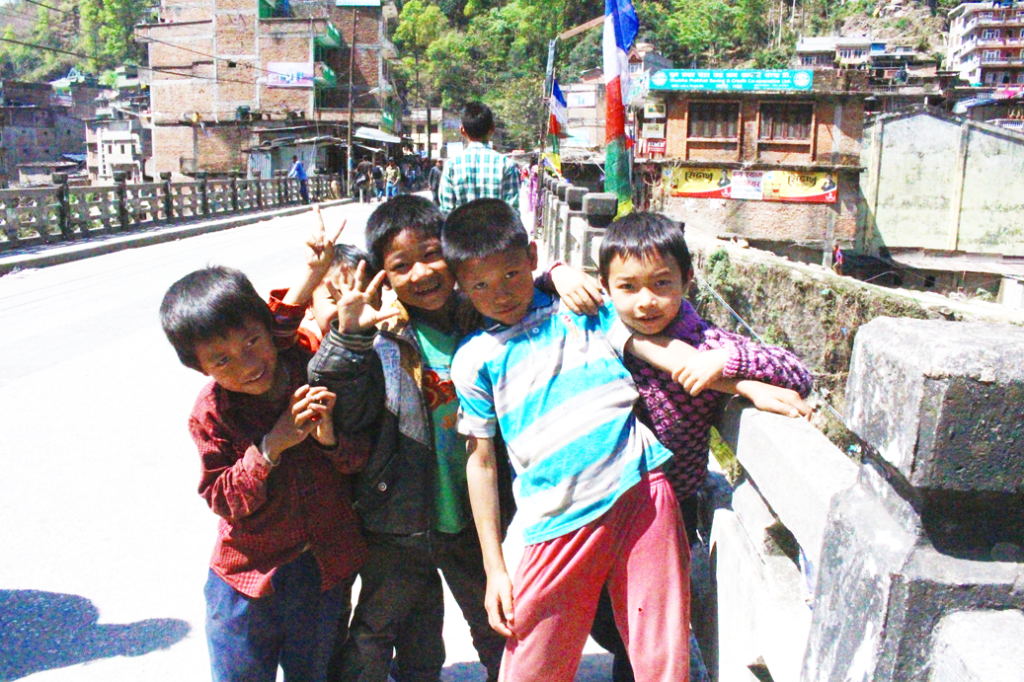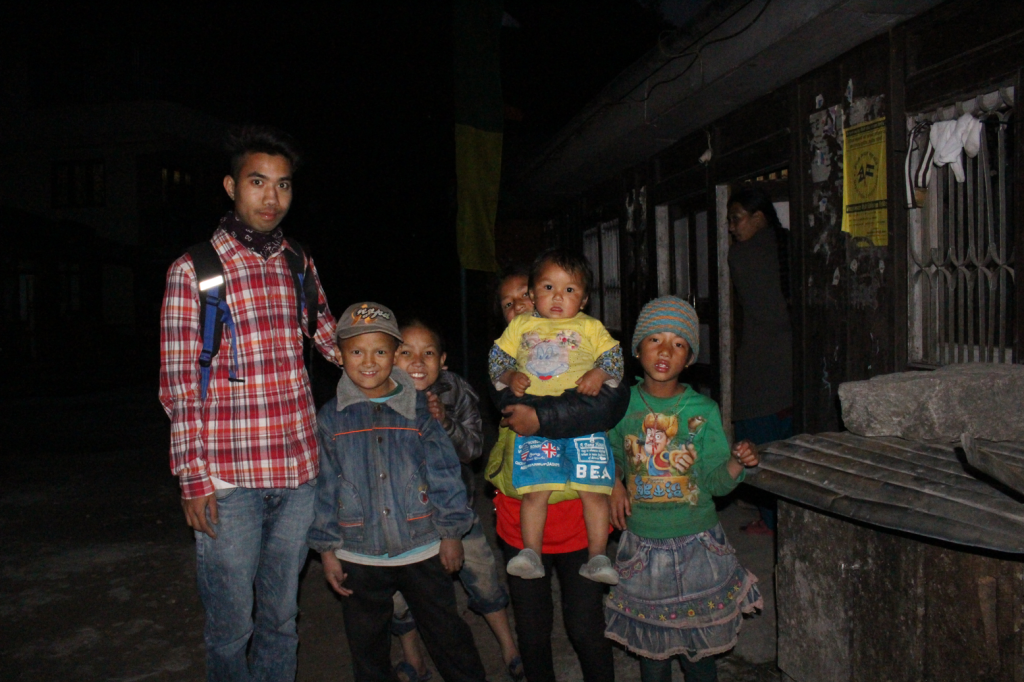2014 could arguably be the best year of my life. This is the year I wrote most number of my blog posts compared to any other year. The year I travelled to various parts of Nepal, albeit didn’t manage to get to all districts as had planned but sure did spread my wings across the border to India, West Bengal and Sikkim to be specific. Come to think of it, I actually made it to China as well, at least the border town of Khasa. I still hope to travel, still want to make it to all the districts of Nepal. Continue working on 100s of other things that I have started but not yet completed.
This year-end review would be incomplete without Kathmandu. I need to be honest about the realities of living in the capital city. It is not so easy to live here, not that I imagined otherwise. Food prices are through the roof, the usual power cuts, the perpetual water crisis, what else am I missing? But I was able to live fairly comfortably in Kathmandu. However, not as comfortable as it is in the US. Internal heating system is still the first thing I miss during winter. I work from home and the constant/intermittent internet interruption, power cuts, significantly affected my work hours during an earlier part of 2014. Although looking at the brighter side, since my day one in Kathmandu – till today I only see things getting better and I am not fabricating. In the first few weeks, if the internet was out for 3 hrs every day, now it’s down to let’s say 3 hrs twice a week. Comparatively, it’s gotten much better. Since I was the one who chose to take this step, I guess I have to suffer the consequences as well. At the same time I know I am a very lucky few who can say that they were able to live comfortably in Kathmandu. For many who comes to this city in hopes of making it big, can’t imagine how they survive in this beautiful ancient place that can be cruel to them at times. As an honest citizen of this nation, yes, I have had the lowest of lows but every day I see better things happening from the citizens’ standpoint. Government on the other hand continues to disappoint me. But that’s beside the point, we don’t stop living just cause government fails to do its job.
While traveling across few parts of the country, I did get a glimpse of politics here and there, mainly relating to the constitution writing process, printed on the walls of abandoned, dilapidated buildings, or gigantic rocks. But I don’t think general public gives a shit about constitution. They are worried about bigger problems like how to put food on the table.
I don’t believe Nepalis have faith in the government and I think they moved on long ago. Cause had they been waiting for proactive governance, they would be waiting forever. But I know how integral constitution is for a stronger foundation of this nation. But guess what, life hasn’t stopped because of incomplete constitution. Constitution, by default should be a work in progress. However, having said all that, it is not as bleak as I may have sounded. There are a few good things happening too, even if they are far and few between.
This year I met some old friends, made some new friends. We had a great conversation, out of which came great ideas. Those ideas are something I am still working on. 2014 gave me a head start, hope to give continuity to all the work that I’ve been doing in the years to come. My best days are surely ahead of me.
As Rumi once said, destroy your reputation, be notorious, I hope you’ll do your best to chase your dreams, and not be limited by class or caste or political ideologies or any other social norms, I hope you break some rules in 2015. Here’s wishing you and I an adventurous year ahead!
- 2014 kick started with attending a lot of weddings, of my own cousins. Hence, I had to post at least one of the photos of the wedding parties.
- As I travelled to a few parts of this country, I flew as well to certain areas. This is just one of the perks of being on board.
- I find Pokhara highly overrated. But when I was there this past May, this street took me back to my childhood days and I couldn’t stop myself from clicking a photo. I’ve spent significant amount of my growing up days in Pokhara, this is just one of the streets I associate my childhood days with.
- My upper Mustang trek was definitely a highlight of 2014. A great shot of a beautiful landscape that is upper Mustang.
- Illustrating my point above, political slogan relating to constitution. You’ll come across plenty of those while traveling across Nepal.
- Witnessing Tibetan kitchen was a cultural experience in itself. The kitchen of those who in live in upper Mustang area is so rich and sophisticated, in fact the entire household speaks all things ancient Tibet.
- That’s me with my short hair. I’m just posting it here cause I wanted to make a big deal of the fact that I chopped off my long beautiful hair.
- The office of Kathmandu Metropolitan City (KMC). I had the opportunity to visit the KMC office this year. It was such a beautiful ancient palace, that’s slowly turning into a ruin. This palace should be turned into a hotel or a museum. It’s too precious to be left around in the hands of people who can’t take well care of it.
- I thought this was the best invention of the year. For the first time in my life (in Nepal) I didn’t have to ask for an opener! Tuborg beer bottle it is!
- Our house is full of dogs, two more are missing in the picture. They are all stray dogs. These two have really grown up since then. You gotta love stray dogs, if you love Kathmandu, adopt a few of them.
- I guess, the most important part of 2014 is the fact that I set up my own company. No, it’s not an auditing company. It’s just a picture of my company’s audit report. There’s much more I want to do before I reveal it all. But yes, I did set up my own company. That feels like an accomplishment on its own.
